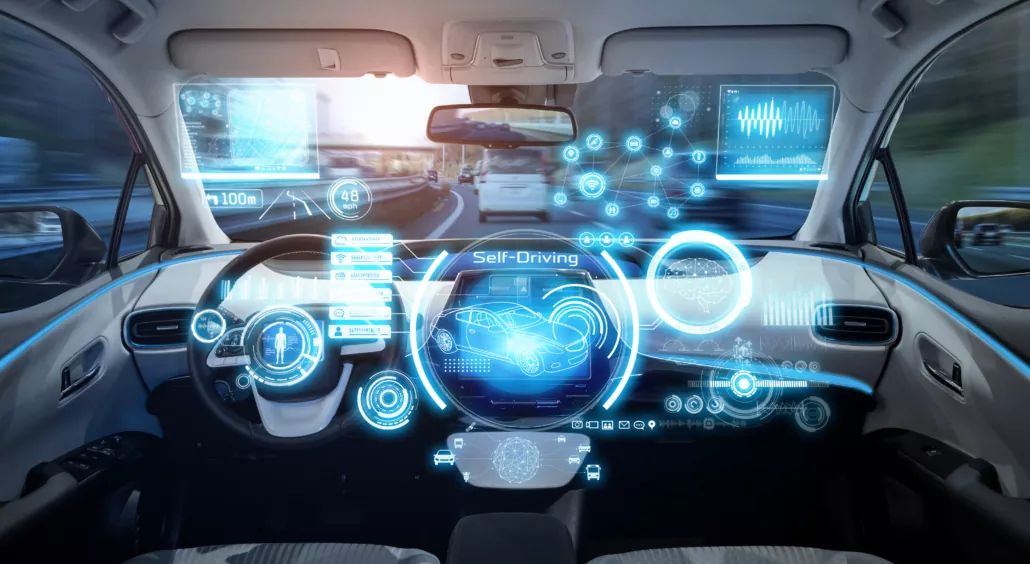
10 Apr FUTURE TRENDS, INNOVATIONS IN CARS, AUTOMOBILES, AND ELECTRIC VEHICLES
The automotive industry has always been at the forefront of technological advancements, and it is set to continue blazing a trail into the future. While the industry has faced numerous challenges in recent years, it is prepared to pivot and adapt to new market demands and innovations. As we look towards the future, we can expect a revolution in the way we travel, interact with our vehicles, and perceive transportation as a whole.
Perhaps the most fascinating (and transformative) change happening in the automotive industry is the shift towards electrification. Governments and regulatory bodies worldwide are pushing for increased adoption of electric vehicles (EVs) as a means to curb greenhouse gas emissions and reduce our reliance on fossil fuels. Moreover, consumers are increasingly expressing a preference for EVs due to their lower operating costs and environmental impact.
With major automakers investing heavily in electric drivetrain technology, battery development, and charging infrastructure, the widespread adoption of new vehicle types is imminent. Industry forecasts predict that by 2030, EVs could account for up to 50% of new car sales globally. As battery technology continues to improve, offering greater range and faster charging times, EVs are becoming a more viable option for consumers everywhere.
Still one more promising new advancement in the automotive industry is the development of autonomous driving systems. Also known as self-driving cars, these conveyances have the potential to revolutionize transportation by reducing traffic congestion, lowering accident rates, and improving overall efficiency. Companies like Tesla, Waymo, and Cruise are already testing autonomous vehicles on public roads, and it is only a matter of time before they become commonplace.
Connected cars (or smart cars) are also becoming increasingly popular, enabling vehicles to communicate with each other and their surrounding infrastructure. This connectivity allows for better traffic management, improved safety features, and personalized in-car experiences. By utilizing advanced sensors, cameras, and AI algorithms, connected cars can provide real-time information about road conditions, traffic patterns, and potential hazards. This increased awareness can lead to safer, more efficient driving experiences for all road users.
The concept of shared mobility is changing how people view car ownership too. With the rise of ride-hailing services like Uber and Lyft, as well as car-sharing platforms like Zipcar and Turo, consumers are increasingly opting for access to transportation rather than owning a personal vehicle. This shift is expected to continue, with transportation as a service (TaaS) becoming a more prevalent model in the future. TaaS encompasses various modes of transportation, from ride-hailing and car-sharing to public transit and micro-mobility solutions like bike and scooter-sharing. As urbanization continues to increase and city infrastructures become more strained, shared mobility services can help alleviate congestion and provide flexible, cost-effective transportation alternatives.
In short, the automotive industry is facing an unprecedented period of transformation. While it is impossible to predict the exact course the industry will take, one thing is certain: The future of the automotive industry will be vastly different from what we know today, and it promises to be an exciting ride.



